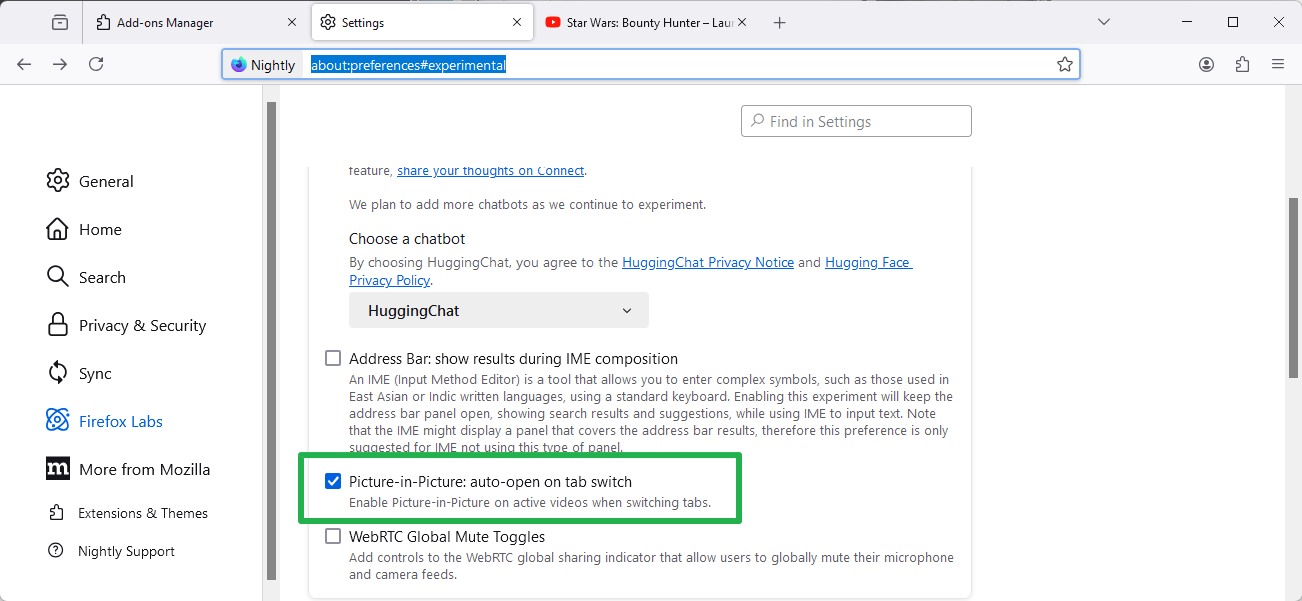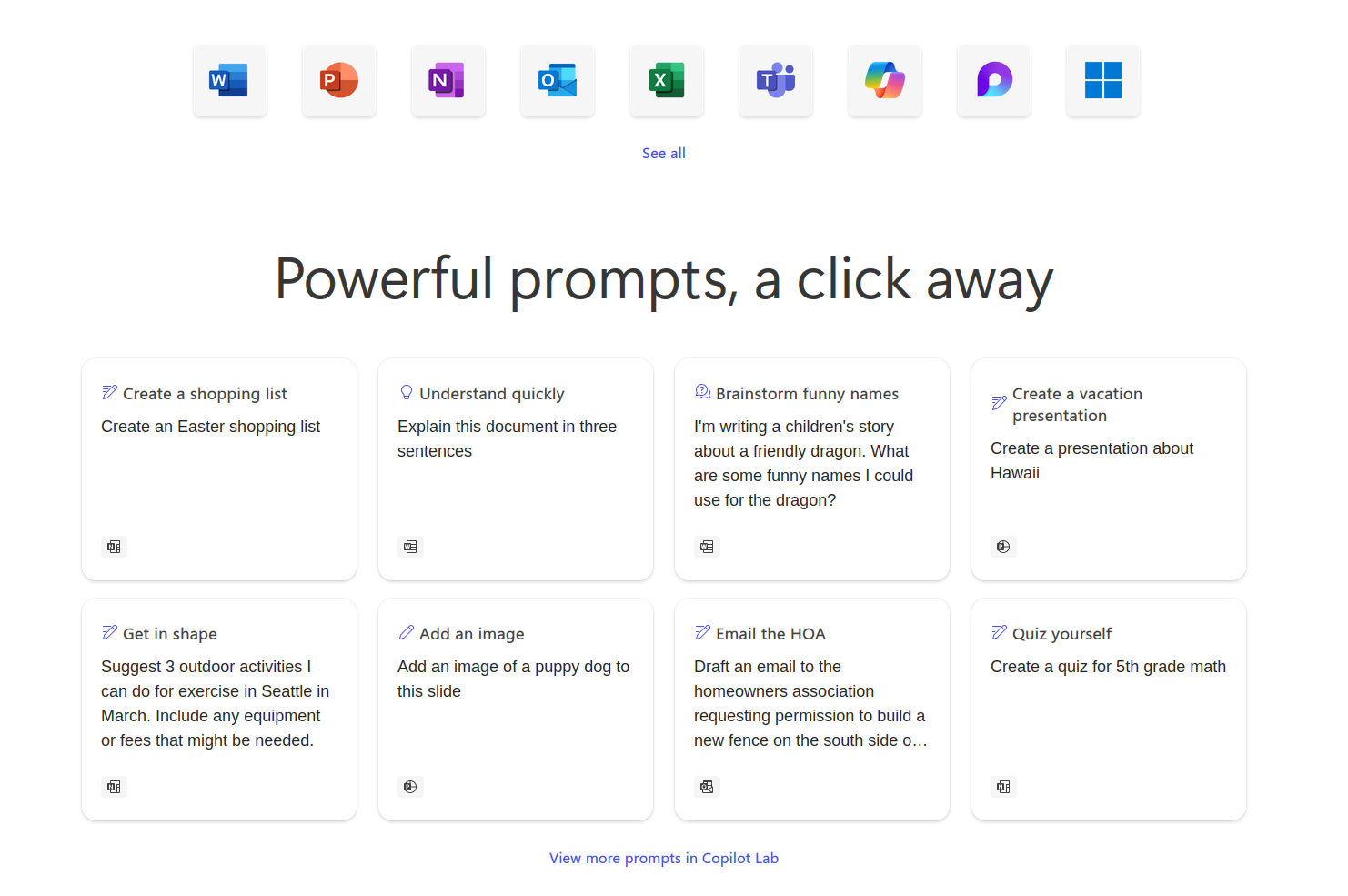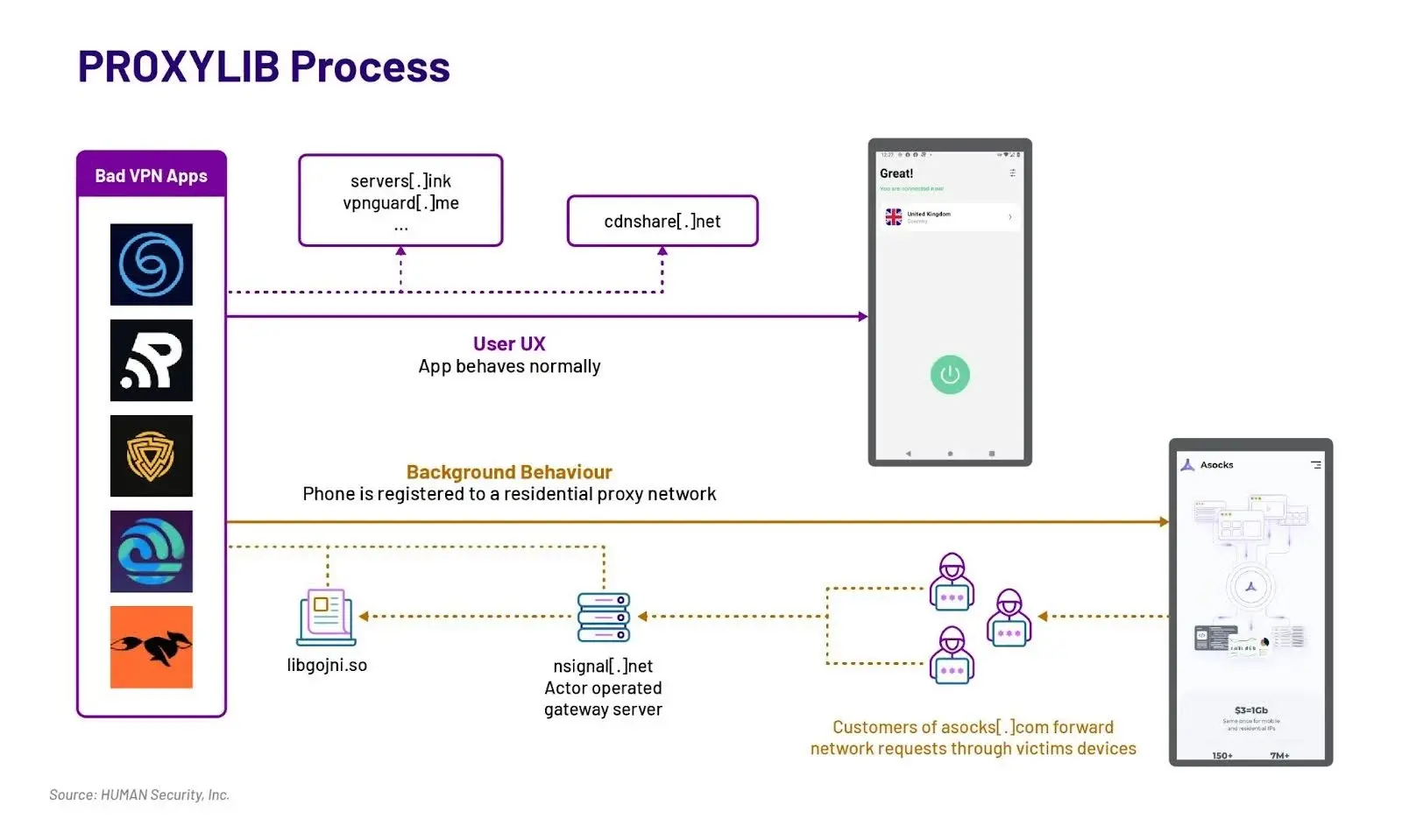Google is rolling out a fresh iteration of Safe Browsing in Chrome, introducing a new approach where URLs are no longer analyzed locally but are instead sent anonymously to Google for assessment. The company states that this real-time analysis should enhance security.
Google states that this is a new version of Safe Browsing, a collection of protocols and mechanisms in Chrome designed to block harmful URLs. The company believes that the current version is somewhat outdated in certain aspects. In this new version, URLs are sent for real-time analysis to Google's own servers instead of being assessed locally.
In the current Safe Browsing setup, URLs are cross-referenced against a local database. When users browse a website, the URL is compared against a list of known unsafe domains stored locally. Google updates this list every thirty to sixty minutes using hashes. This method ensures that users receive a warning if they try to access a URL linked to a phishing domain or a malware provider. While Google acknowledges that this system is more privacy-conscious and enhances browser efficiency, it admits that it is slightly outmoded as most offending domains are taken down within ten minutes. "By the time the local list of unsafe sites is refreshed, many of them may have escaped detection," Google explains.
The new iteration of Safe Browsing aims to address this issue by eschewing local URL analysis in favor of forwarding URLs to Google for real-time assessment. Google has taken steps to preserve the anonymity of the data, hashing the URLs and removing any potential identifiers before comparison. Google only compares these hashes against each other.
Google clarifies that the hashes are assessed not on its own servers but on Fastly servers to prevent Google from pinpointing potential identifiers like IP addresses and user agents. This functionality will now be activated by default for all users of Chrome on mobile and desktop platforms.
.png)








 English (US)
English (US)